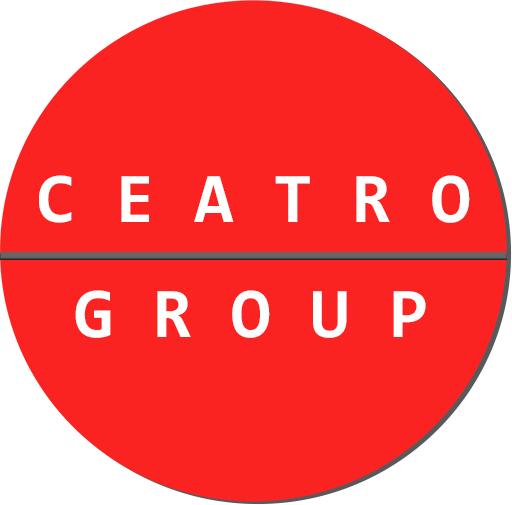When we try to understand our customers, our employees, and our partners we often think about them in an insular way: we separate their life from their work; we separate their experience with consumer products from their experience with business products; we separate their experience with golf, for example, from their experience eating at a restaurant.
But this isn’t how people work. A customer’s expectations for a specific service or product or company are built by all experiences customers have in their life. People carry their experiences with them throughout their day and their life. What happens online impacts what we expect in person. What happens in our life as a consumer influences our expectations as a business consumer and vice versa.
“You are a product of your environment,” my grandmother used to say (but apparently she took that from W. Clement Stone) and this should be an axiom when we design for our customers, employees, and partners.
For example, a business consumer’s expectation for how easy her company’s HR benefits online tool is to use were not formed by a competing HR benefits system, they were likely formed by her experience with Google’s search engine or the ATM machine or customer service at American Express. A patient’s expectations for thoroughness and politeness at his doctor’s office were not necessarily shaped by a previous doctor’s office, they were likely shaped by his experiences with Amazon.com or his auto dealership.
Usability and human factors specialists understand this and apply it when they are designing web sites, applications and product interfaces but the rest of the organization must implement this across the entire product, service, and experience strategy to get the most out of it. When you are designing new products, processes, and sales strategies you must know your customer segments very well to know what is influencing them because your customers are not only influenced by your competitors but by everything else in their world.
